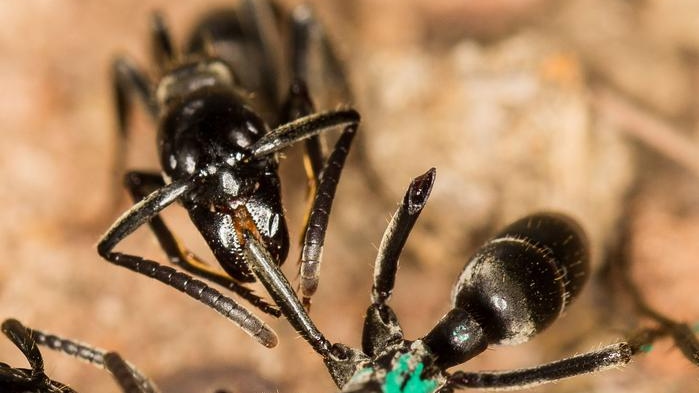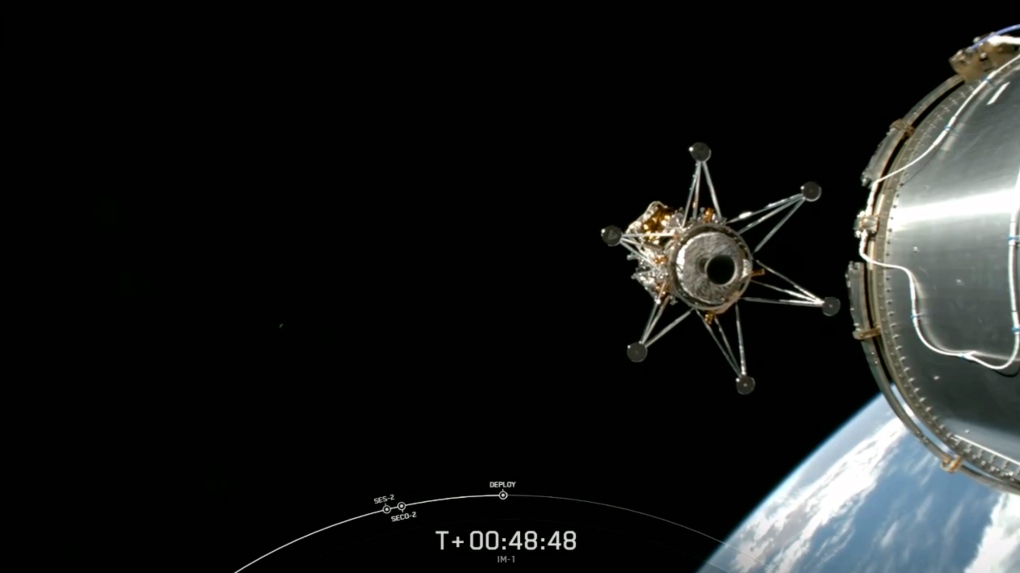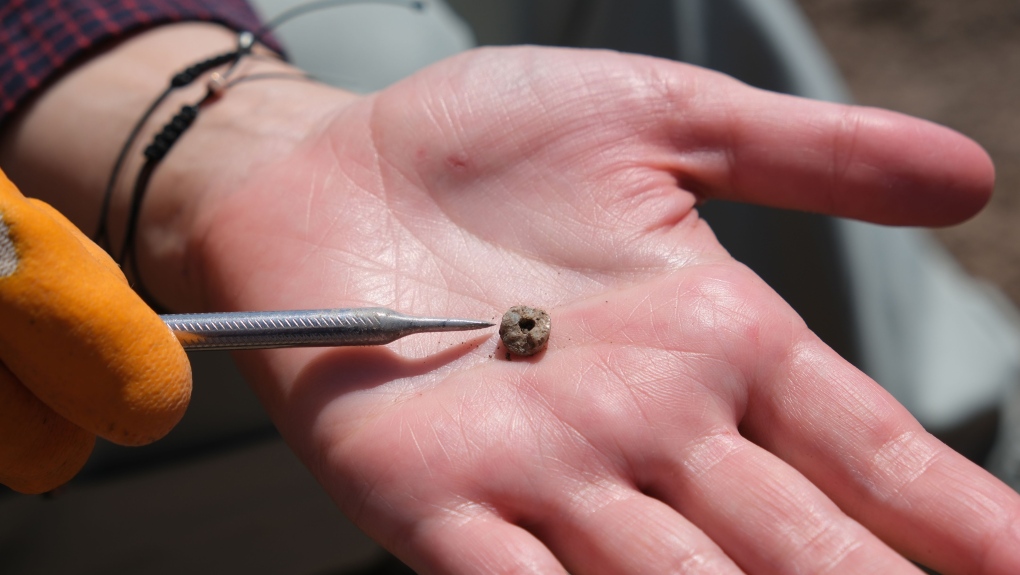A dramatic battle results in an infected wound for a soldier, who is carried home and given specialized medical care. This might sound like the plot of a film, but it’s actually an everyday occurrence in the insect world, according to new research.
A new paper published Friday in the peer-reviewed journal Nature Communications describes how a specific species of ant can not only create their own antibiotics, but also identify infected wounds from sterile ones.
The Matabele ant is a species of ant found widely south of the Sahara. The only thing they eat is termites, a diet which requires dangerous hunting expeditions, in which termite soldiers defend themselves using fearsome mandibles.
But luckily for these ants, they have something many other creatures don’t: a thriving system for treating wounds, which can reduce mortality by 90 per cent.
“With the exception of humans, I know of no other living creature that can carry out such sophisticated medical wound treatments,” Erik Frank, a researcher with Julius-Maximilians-Universität (JMU) Würzburg and team lead of the project, said in a press release.
The Matabele ants, also known as Megaponera analis, have long been known to treat the wounds of their fellow ants who have been wounded in battle with termites.
Previous research has found that up to 22 per cent of foragers engaging in raids on termites will sustain injuries in the process, often losing one or two legs. The other ants will carry these injured foragers back to the nest to be treated by nursing ants.
Researchers knew that ants with untreated wounds would almost always die within 24 hours, but what exactly took place during wound treatment was unknown until recently.
HOW AN ANT TACKLES A BATTLE WOUND
In order to find out if receiving treatment from their nest mates was actually having an impact on the likelihood of an ant with an infected wound dying, researchers took ants with infected wounds and sterile wounds and placed them either in isolation or with their colony. Ants with infected wounds who were placed with their colony were significantly more likely to recover compared with ants with infected wounds who were kept in isolation, but ants with sterile wounds didn’t experience a significant difference in their mortality rate whether they were in isolation or with their colony.
This showed that the ants were definitely doing something to counteract the infection itself.
So what was this treatment? Researchers found through repeated observations that when confronted with an infected wound, ants would use their metapleural gland. This gland is located on the side of the ants’ thorax, which is the region of their body we would think of as their chest. Nursing ants gather the secretions with their front legs, then lick their front legs to accumulate the secretion in their mouth before licking the infected wound in question.
The metapleural gland (MG) secretes a combination of 112 chemical compounds and 41 proteins, according to the study, half of which have antimicrobial properties to aid in healing. The treatment is highly effective, researchers found, reducing the chance of death by 90 per cent.
As they observed the treatment process, researchers realized that the ants were not only able to synthesize their own antibiotics, but were able to distinguish which ants had infected wounds and which didn’t.
The MG secretions were only included in 10 per cent of wound care interactions, and were used significantly more on wounds that were infected, suggesting the ants had a way of identifying when this more rigorous wound care was needed.
Researchers found that when a wound was infected, it resulted in a change to the hydrocarbon profile of the ant cuticle — something that it seems the other ants are able to detect and react to.
The study noted that while animals have been found to treat wounds in some way before — several mammals lick wounds to apply antiseptic saliva — these behaviours occur regardless of whether or not the wound is infected, and their effectiveness isn’t known.
The ability of Matabele ants to identify an infected wound appears to be a rare skill in the animal or insect kingdom.
It’s unknown yet if it’s completely unique — that’s something that researchers are hoping to follow up on in future studies looking at wound care among other species.
And it could shed light on human antibiotics in the future, according to Laurent Keller, a professor at the University of Lausanne and co-author of the paper.
“(These findings) have medical implications because the primary pathogen in ant’s wounds, Pseudomonas aeruginosa, is also a leading cause of infection in humans, with several strains being resistant to antibiotics,” Keller said.
It’s been a busy few months for the Matabele ants. Apart from the paper released last week, the ants were also featured in a Netflix series that came out in October 2023 called ‘Life on Our Planet.’ Frank’s ants were filmed in 2021 at the Comoe research station for the documentary series.
“It took three weeks (to film), the effort was enormous,” Frank said in the release.




